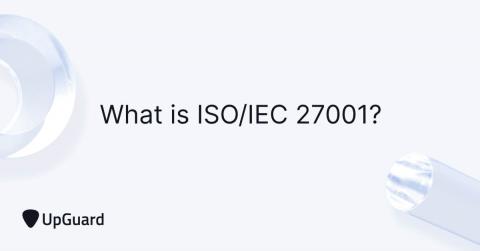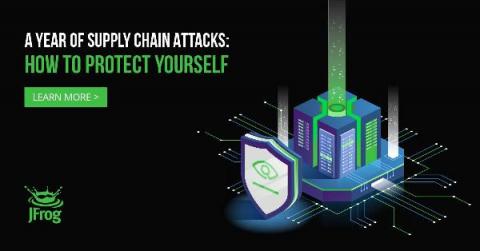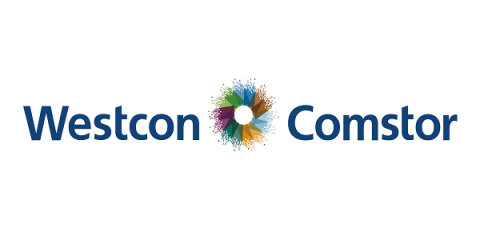Impact of modern ransomware on manufacturing networks
Manufacturing facilities employ assembly lines, material handling systems, motors, and furnaces that all require big physical machines. Innovative trends in the manufacturing industry and the advancement of operational technology have also meant introducing computers across operation and production systems.











